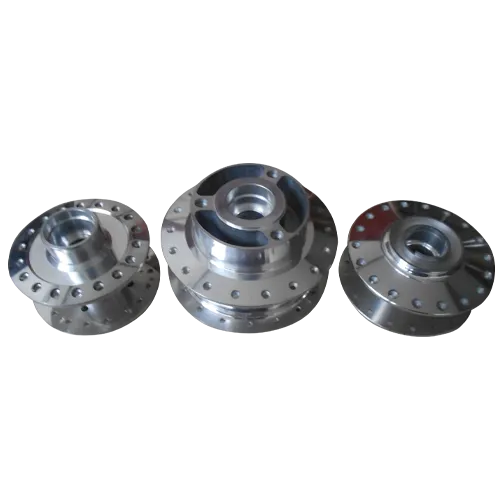Mobile:+86-311-808-126-83
Email:info@ydcastings.com
English
die casting tool
Understanding Die Casting Tooling A Comprehensive Overview
Die casting is a popular manufacturing process that involves forcing molten metal into a mold, or die, to create intricate parts and components that are both precise and durable. The die casting process is widely used across various industries, including automotive, aerospace, electronics, and consumer goods, due to its ability to produce complex shapes with excellent surface finishes. One of the critical factors influencing the quality and efficiency of die casting is the tooling used in the process.
What is Die Casting Tooling?
Die casting tooling refers to the molds used in the die casting process. These molds are typically made from high-grade steel or aluminum and are designed to withstand the high pressures and temperatures associated with molten metal injection. The design and construction of die casting tools are crucial because they directly affect the dimensional accuracy, surface finish, and overall quality of the final product.
Types of Die Casting Tools
There are two primary types of die casting tooling single-cavity and multi-cavity.
1. Single-Cavity Tooling As the name suggests, this type of tooling produces one part per cycle. It is often used for low to medium production volumes where parts are complex and require high precision. Single-cavity tools allow for greater control over the quality of each individual part.
2. Multi-Cavity Tooling This tooling type contains multiple cavities in a single mold. Multi-cavity tools are designed for high-volume production runs, as they can produce several parts simultaneously in one cycle. Although this type of tooling may be more expensive to manufacture initially, it significantly reduces the cost per part when producing large quantities.
Key Components of Die Casting Tooling
Die casting tooling consists of several essential components, including
- Cavities The hollow sections of the mold where molten metal is injected to form parts. The design of the cavities is critical for determining the shape and features of the final product.
- Ejector System Once the part has cooled and solidified within the mold, the ejector system is activated to remove the part from the die. A well-designed ejector system ensures that parts are ejected cleanly and without damage.
die casting tool

- Cooling Channels To control temperature during the die casting process, cooling channels are incorporated into the tool design. These channels allow for efficient heat removal, which is vital for maintaining the quality of the part and reducing cycle times.
- Gates and Runners These are passages through which molten metal flows into the mold cavities. The design of gates and runners affects the flow of the metal, influencing overall production efficiency and part quality.
Importance of Tool Design
Effective die casting tooling design is essential for achieving high production rates while maintaining product quality. Factors such as the parting line, draft angles, and gate locations must all be considered during the design phase.
- Parting Line This is the line where two halves of the mold meet. An optimized parting line reduces the likelihood of defects and ensures that the mold closes properly.
- Draft Angles These are slight slopes added to the sides of the mold, which facilitate the ejection of the part after casting. Adequate draft angles help prevent part damage and reduce wear on the tooling.
- Gate Locations The position and design of gates affect metal flow and cooling rates. Properly placed gates can enhance filling characteristics and minimize potential defects like air traps and misruns.
Maintenance and Care
Maintenance of die casting tools is vital for prolonging their lifespan and ensuring consistent production quality. Regular inspections, cleaning, and any necessary repairs are essential to prevent wear and damage. Preventative maintenance protocols should be established to identify and address issues before they lead to tool failure or production downtime.
Conclusion
In the realm of manufacturing, die casting tooling plays a pivotal role in ensuring the efficiency, precision, and quality of produced components. By understanding the intricacies of different tooling types, design considerations, and maintenance practices, manufacturers can optimize their die casting processes for better overall performance and cost-effectiveness. As industries continue to evolve and demand for complex, high-quality parts increases, investing in advanced die casting tooling will be key to sustaining competitive advantage in the marketplace.
-
Materials Used in Manufacturing Cap End Pipe FittingsNewsNov.24,2025
-
Material Properties of CF8M CastingNewsNov.24,2025
-
How to Inspect Pump Cap Ends for DamageNewsNov.21,2025
-
Backward Curved Impeller – Efficient Airflow Solutions for Industry | YD CastingsNewsNov.21,2025
-
Automobile Water Pump - Efficient, Quiet, Durable & ElectricNewsNov.21,2025
-
Impeller for Pumps – High-Efficiency, Durable, OEM-ReadyNewsNov.21,2025











